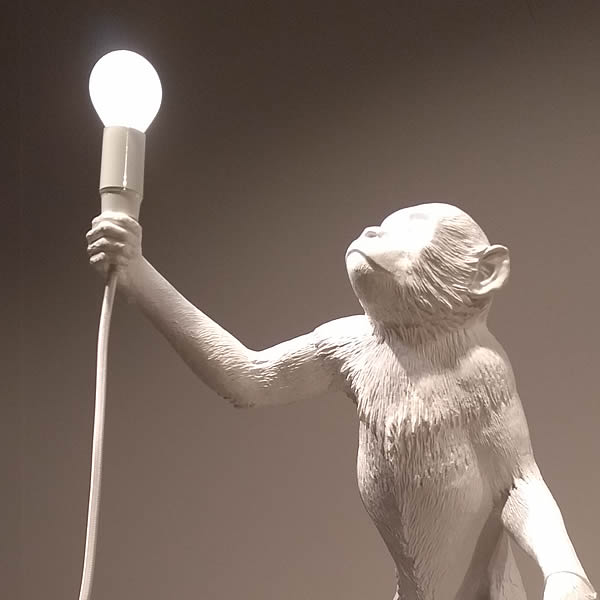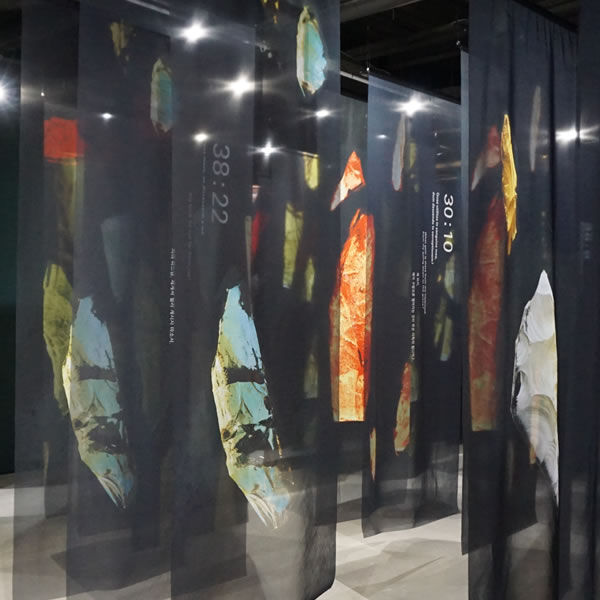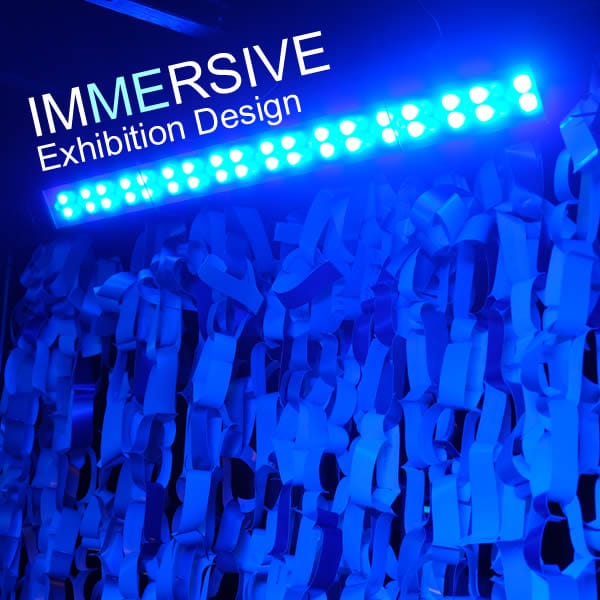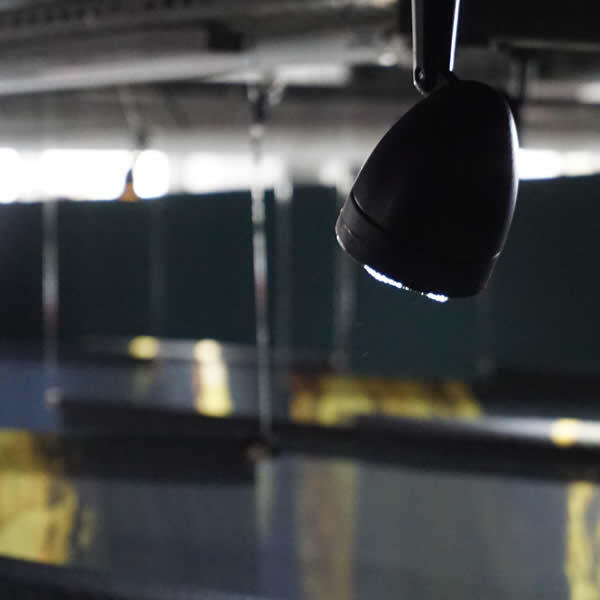ILLUMINATION INSIGHTS
The incandescent light bulb is dead! Long live the incandescent light bulb!
Just when everyone is replacing their incandescent light bulbs with more energy-efficient options like LEDs to conform to EU restrictions, scientists in the US have come up with an incandescent light bulb that turns everything on its head. Moreover, by re-directing the energy lost (given off by heat) back to the filament, it will produce a light source that could reach 40% efficiency levels. This is far more efficient than current LEDs of around 14 to 15%.


The advantage of incandescent light bulbs in terms of colour rendering, or the Color Rendering Index (CRI), is a noteworthy feature. This advantage is particularly important in the museum and art world, where accurate colour representation is crucial in the context of artworks, among other things. The CRI of incandescent bulbs closely matches that of natural daylight, which is the standard for high-quality colour rendering.
LEDs, on the other hand, have struggled to render certain colours accurately, such as the reds in paintings, due to their lower CRI ratings. However, recent advancements in LED technology have resulted in higher CRI ratings, allowing them to render colours more accurately. These advancements are extremely important in the context of the museum and art world and will lead to a better viewing experience for art lovers.
It is worth noting that the timeline for these new technologies to reach the market is uncertain. However, if you have already switched to LED lighting or are considering doing so, there is no need to worry. Your lighting will remain strong for the next 10 to 15 years, and the advancements in technology are likely to be up to three times as efficient as current LEDs. This is an exciting prospect to look forward to, as it will lead to better energy efficiency and cost savings in the long run. So watch this space!



